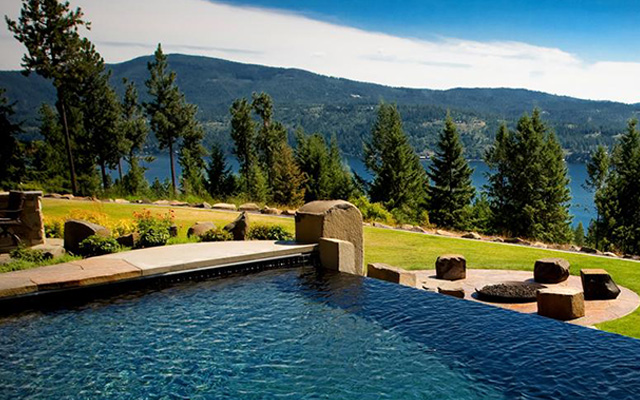Seasonal Pool Care

Pool Closing Season
Each year, as fall approaches with cooler temperatures, it’s time to start thinking about closing the swimming pool. If this is a task that you prefer to hire out, please call our Service Department as soon as possible at 1(800)876-4340. Appointments are first come first serve.
In our region it’s a necessity to winterize your swimming pool in order to protect it from freeze damage. Making sure to close your swimming pool properly also has the ability to make your spring opening go a lot smoother.
Balance your swimming pool water about 4 to 7 days prior to closing your pool is the highest priority other than blowing out the lines of the pool. The week allows you with plenty of time to make any water chemistry adjustments before closing your pool. Preparing the swimming pool chemistry prior to closing is slightly higher then normal operating levels. Ideal closing chemistry is having your pools ph at 7.6-7.8, pool alkalinity above 125ppm, calcium hardness above 150ppm and then shocking the swimming pool.
For more helpful tips about closing your swimming pool, please visit our How-to Worksheets & Helpful Links page.
Swimming Pool Care After Thunderstorms
Our weather can be a little unpredictable! Thunderstorms can turn any sparkling pool into a mess by introducing a variety of dirt, debris and other pollutants. Proper cleanup can ensure that your swimming pool will clear up quicker and you will be back to swimming in no time.
Inspect the pool equipment.
Turn off all equipment including the pump. Inspect around the pump and the rest of the filtration system to verify if there is any damage.
If damage has occurred, keep all equipment off until the problem can be resolved.
Sweep off any debris around the pool deck and sweep it away from the pool.
This will help reduce the amount of debris that ends up in the pool.
Remove any debris out of the swimming pool.
This will help reduce the amount of debris that ends up in the pool.
This includes all pine needs, leaves, bugs and whatever else may of blown into the water.
Remember to remove any debris that may of collected in the pool equipment.
Vacuum the swimming pool once the filtration system is in full working order.
Brush the pool walls, corners, and floor to remove any debris and then vacuum the pool.
During the vacuuming process, the pool will become hazy and may require a second or third attempt at vacuuming once all the suspended particles settle to the floor bottom.
Test your swimming pool chemistry.
The pool chemistry may have been spot on prior to the storm but that’s before rainwater, organic materials, and debris were introduced into the water.
These items will consume any residual chlorine that was established in the water prior to the storm.
Add enough shock to bring the chlorine level to 10.0 ppm and wait for the chlorine level to reduce to about 5.0 ppm then make any additions as needed to balance the waters pH and alkalinity.
Keeps the swimming pools circulation system running for 24 hours after shocking.
Allowing the filtration system to run this long will assist to catch any particles that may be in the water.
If clarity issues occur, bring in two cups of water from elbow depth into one of our four store locations for a free water analysis.
